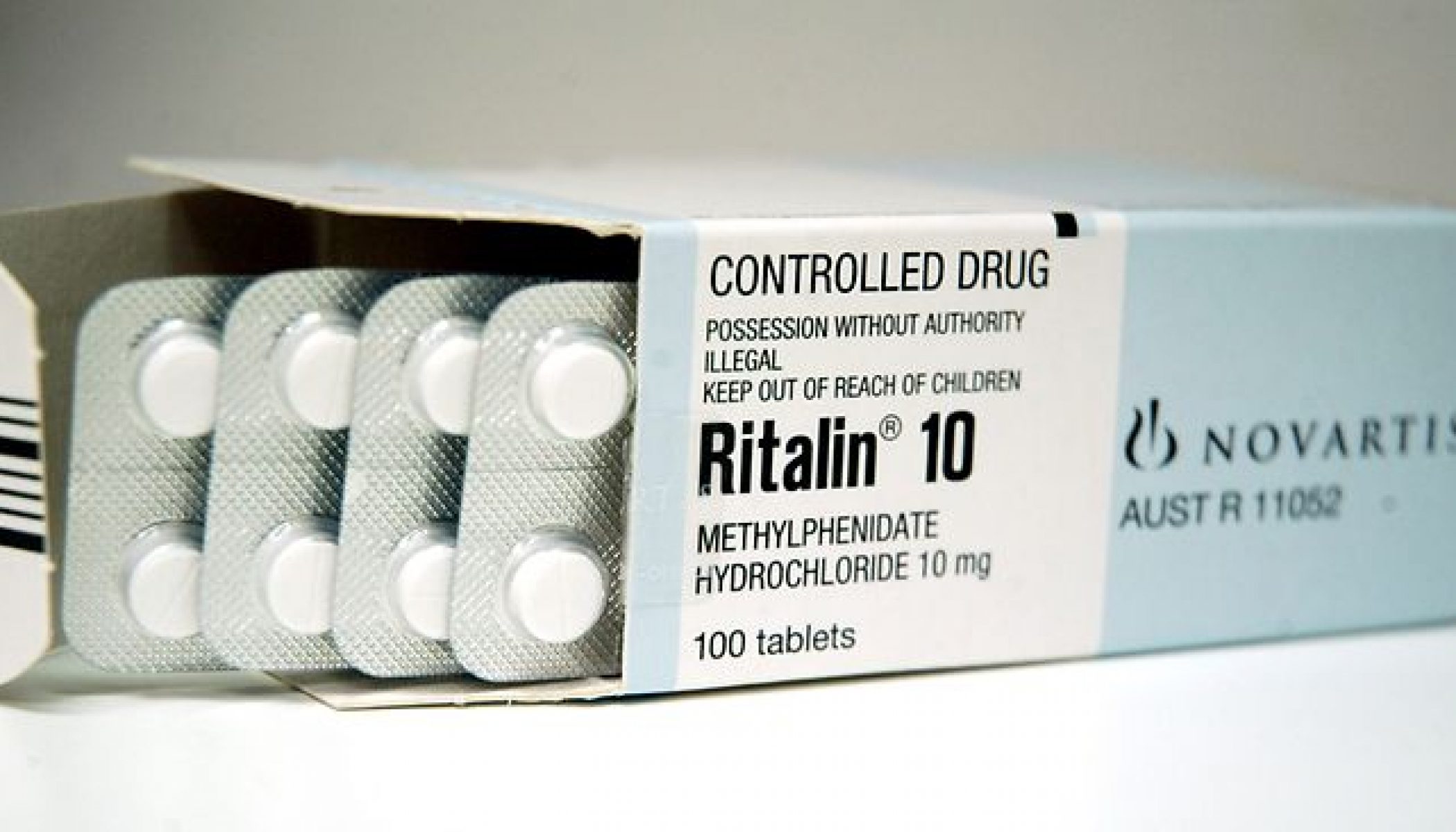Answer: Adderall and Ritalin are both stimulant drugs used to treat attention deficit hyperactivity disorder (ADHD) and narcolepsy, but they differ in chemical structure, potential interactions, and pharmacological outcomes.
Two of the major disorders that both Ritalin and Adderall are prescribed to treat are ADHD and narcolepsy. ADHD is a very common condition. ADHD is characterized by a difficulty in paying attention, trouble concentrating, or a very hyperactive personality. According to the American Psychiatric Association (APA) in their Diagnostic and Statistical Manual of Mental Disorders 5th edition, about 5% of children are diagnosed with some form of ADHD, making it a very common condition. Narcolepsy, a difficulty in daytime wakefulness that can result in dramatic sleep attacks during the day, is more rare, affecting an estimated 200,000 Americans.
Both Ritalin and Adderall are controlled substances according to the US government. They are considered to be schedule II substances, meaning that they possess high addiction and misuse potential, but have a clinical application in therapy. Therefore, both medications require a prescription following diagnosis by a medical professional.
Although the two drugs have similar features from a therapeutic standpoint, they are different compounds with slightly different applications.
Differences between Adderall and Ritalin
There are major differences between these two drugs, however.
Chemical structures
Adderall is the trade name for the chemical amphetamine. More accurately, Adderall is a blend of four different amphetamine salts:
Amphetamine aspartate monohydrate
Amphetamine sulfate
Dextroamphetamine saccharate
Dextroamphetamine sulfate
These are combined in an equal ratio in a single dosage of Adderall. Chemically speaking, amphetamine is a substituted phenethylamine, like the endogenous neurotransmitters dopamine and norepinephrine.
Ritalin is the trade name for the chemical methylphenidate hydrochloride. Methylphenidate is larger than amphetamine, but still shares some chemical features. The chemical structure of methylphenidate has two chiral centers, making four total stereoisomers possible. The main active stereoisomer is d-threo-methylphenidate.
Molecular mechanism of action
Adderall increases the action of the neurotransmitters dopamine and norepinephrine. It also acts at other neurochemical targets, including epinephrine, serotonin, histamine, and other neuropeptides.
Ritalin, like Adderall, increases the action of the neurotransmitters dopamine and norepinephrine at synapses. It does this by acting as an inhibitor of the reuptake protein, which normally functions to clear neurotransmitter molecules from the synapse. In blocking reuptake, the neurotransmitter molecules have a greater opportunity to activate their respective receptors, essentially increasing signaling of these two neurotransmitter systems.
Side effects
The symptoms of Adderall use differ between individuals. There are frequently cardiovascular side effects, including changes in blood pressure (either up or down), increased heart rate, or decreased blood flow to the peripheral limbs (Raynaud's phenomenon). Because of these potential interactions, there are contraindications against using amphetamines if the patient is also using heart medications. Adderall can also affect the gastrointestinal system in unpredictable ways, either increasing or decreasing intestinal motility. It may also induce appetite loss, leading to weight loss.
Ritalin can also cause many of the above side effects: changes in the cardiovascular system and changes in appetite, for example. Ritalin is also known to affect the visual system, causing blurred vision and dry eyes.
